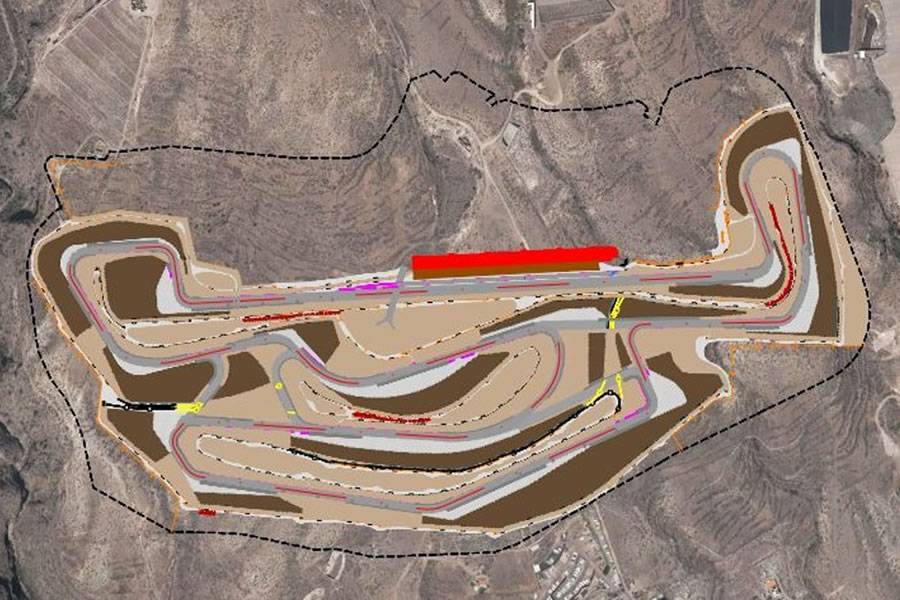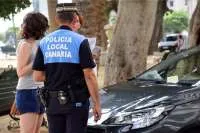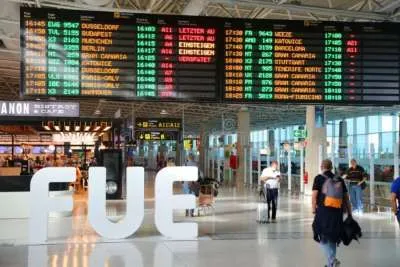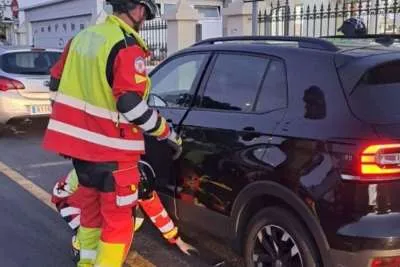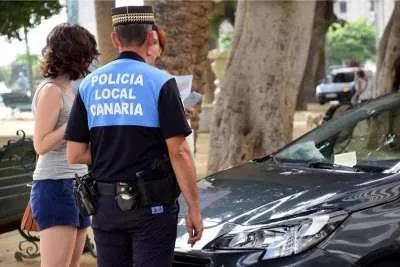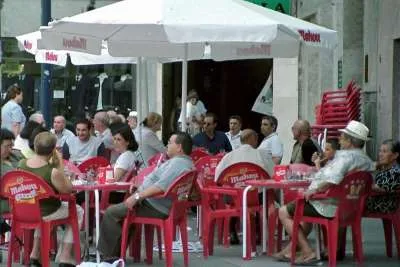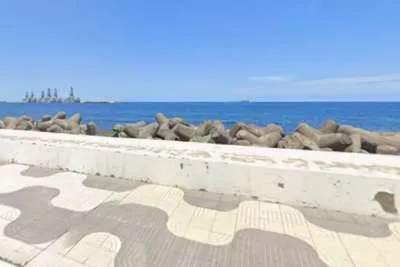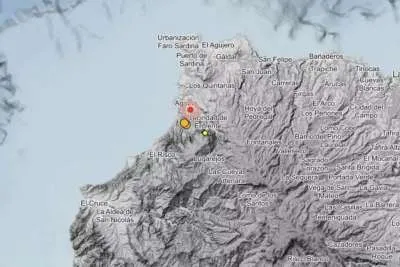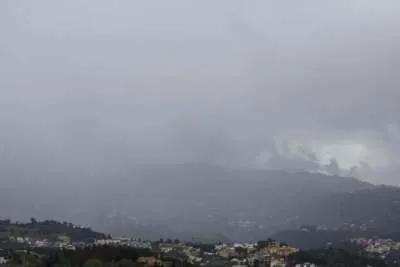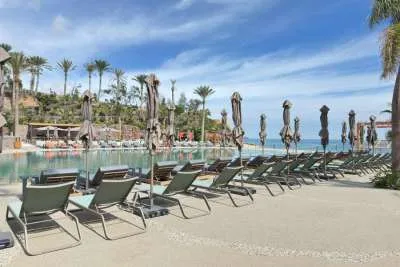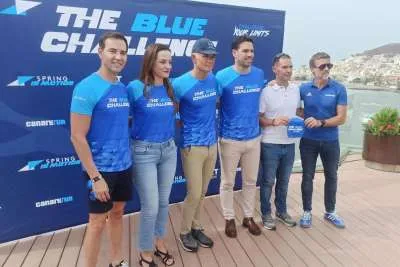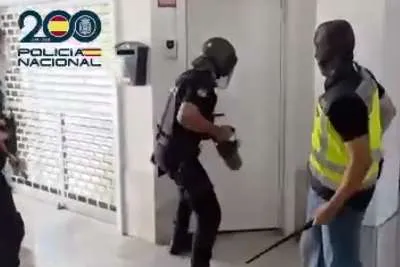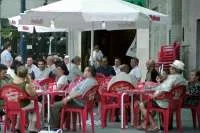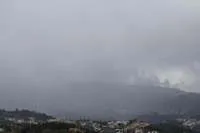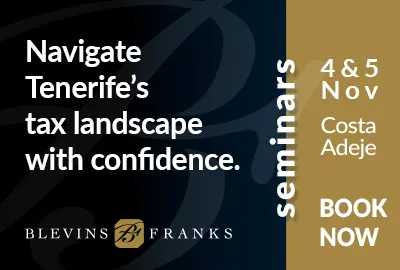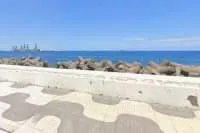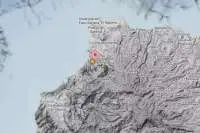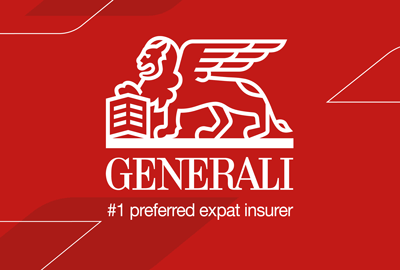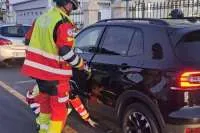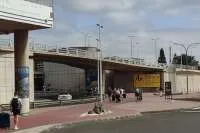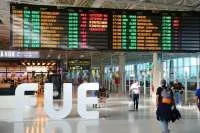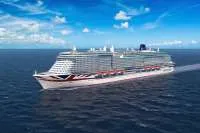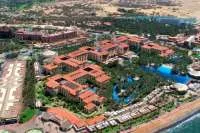The Tenerife race track hits a stumbling block
- 30-08-2022
- Tenerife
- Tenerife Cabildo
The expert advising the Tenerife Cabildo on the race track, Walter Sciacca, is the same one who told them in 2018 that it was not viable due to the low purchasing power of the people of Tenerife. “With the salaries on the island, it is difficult for an amateur to be able to afford a track day, something that would cost between 600 and 1,000 euros”, said the Italian consultant in a report published four years ago.
Even so, the Cabildo contracted his company SCT International Motorsport, of which Sciacca is the sole administrator, for 1.52 million euros in 2020 for advisory services regarding the circuit, both to ensure that the infrastructure "meets all the technical requirements that allow its commercial exploitation in the market" as well as to "guarantee that the work will be carried out in economically profitable terms for the Administration”, i.e., return on their investment and generate wealth on the island.
The councillor for the Department of Roads, Mobility and Innovation for the Cabildo has been asked what happened to the different works and studies on the circuit carried out by Sciacca in 2018, for which he received just over 63,000 euros. They have replied that they have made a request to the section's technicians for the information, but that there is still no response because many of them are on their summer holidays.
Since the Tenerife Motor Circuit was presented to the public at the Tenerife Auditorium, with a loud protest outside, several political parties have demanded that the economic feasibility study of a project that will cost 51 million euros of tax payer’s money be made public.
According to the Public Sector Contracts Law (LCSP), all works under a concession regime, as the Motor Circuit is, must have a feasibility study carried out prior to any construction. In this analysis, it must detail the purpose and justification of the initiative, the forecasts on the demand for use, and economic and social impact, and the assessment of existing data and reports that refer to sectoral, territorial, or regional town planning. In addition, the granting administration will submit the feasibility study to public information for a period of one month.

The Cabildo, in the documents that it has put on public display this summer regarding the race track, makes no mention of the feasibility or profitability or justification of the initiative. The main supporter of the plan, Enrique Arriaga, recently assured that "the circuit will be profitable" and that "any losses will be compensated” and on top of that “there will be benefits", but no study has alluded to this regard.
At the moment, according to the documentation compiled by this means, there are a minimum of three economic-financial reports from the Motor Circuit (none of them available online). One from 1997, in which "in addition to the economic analysis, possible locations that, due to their characteristics, were likely to host facilities of this type" were delved into.
Another from 2009, which according to the Boletin Official of the Canary Islands (BOC), was submitted to public exhibition and could be consulted in the offices of the Administrative Service of Sports of the Cabildo de Tenerife, in the Pabellón Insular Santiago Martín. And the aforementioned by Walter Sciacca made in 2018.
In that document, the Italian consultant acknowledges that there is no "local market" in Tenerife for the Circuit, so overseas demand would have to be attracted, at an average of 4,500 "potential customers” per month more linked to elitist tourism than to the one that usually arrives on the island.
Environmental organizations in the Canary Islands have also expressed their disagreement with the current promotion of the Tenerife Motor Circuit, at a turbulent time after the coronavirus pandemic.
In addition to the more than 50 million euros that its construction will cost, there are the 1.5 million that the Cabildo has already paid to SCT International Motorsport in advisory work, and the 600,000 euros that the corporation has invested in promotion.
Other articles that may interest you...
Trending
Most Read Articles
Featured Videos
A Vision of Elvis Tenerife Promo
- 10-05-2025
Tenerife Travel Guide
- 13-12-2024
Live webcam from Lanzarote airport
- 13-12-2024


